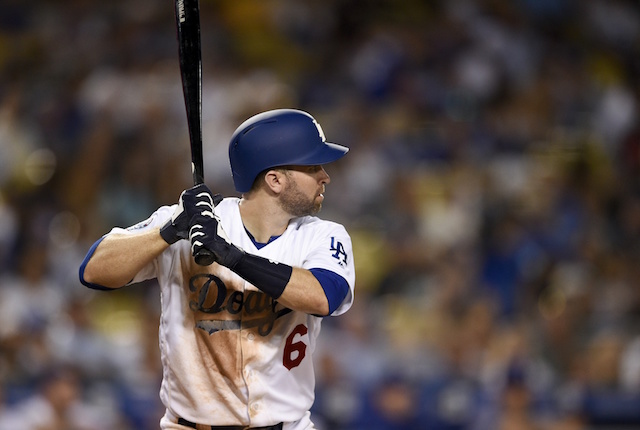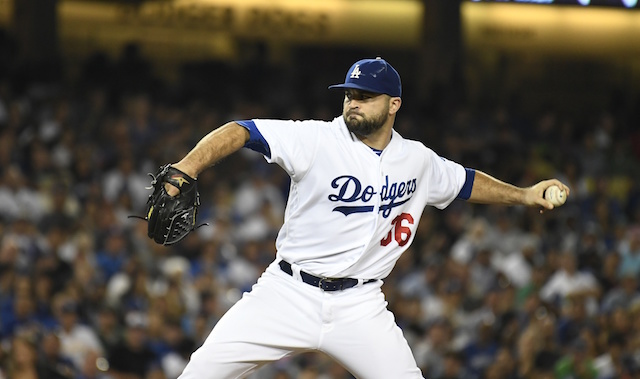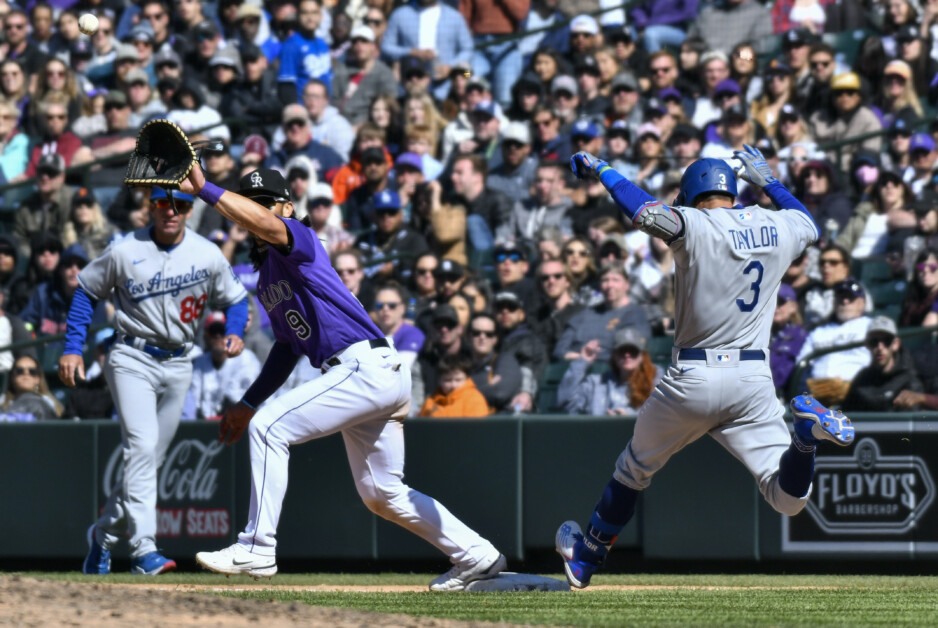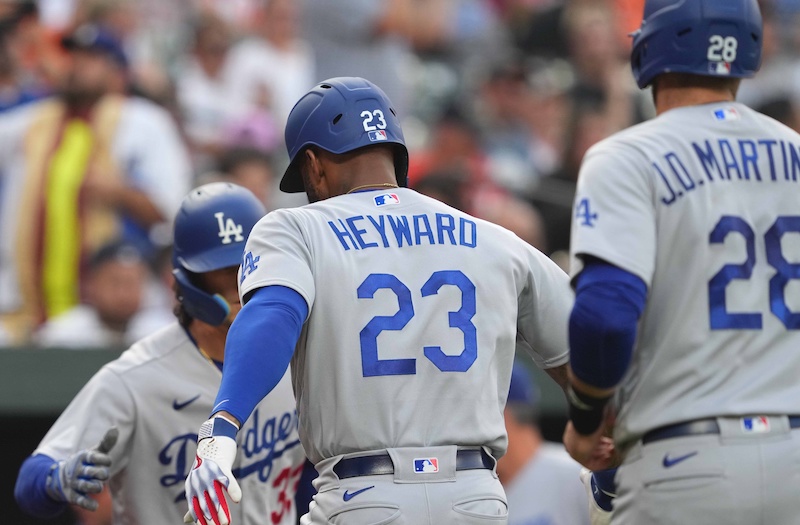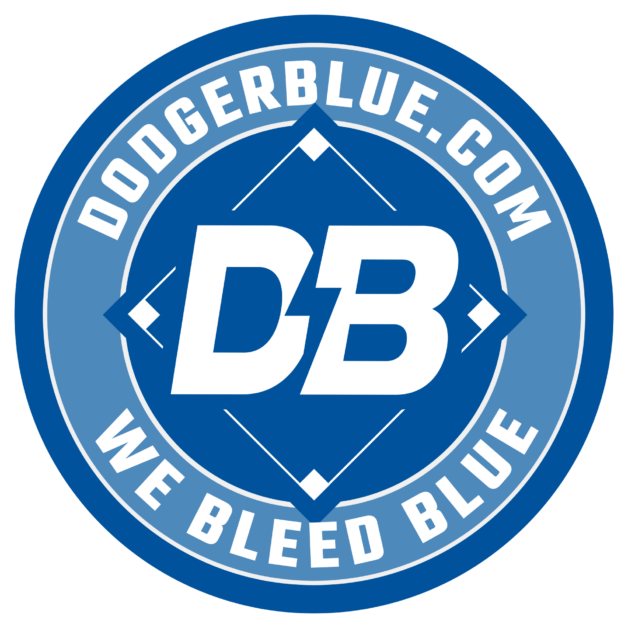It was 2013, and the Los Angeles Dodgers found themselves in an unfamiliar place: the National League Championship Series. Since 1988, the Dodgers had only advanced this far twice — in 2008 and 2009 — but 2013 felt different.
And then, on one pitch, everything changed. If you’ve been around the Dodgers for long, you probably know which one.
A fastball from Joe Kelly smashed into the ribs of Hanley Ramirez and left him with a fracture. In the end, the Dodgers would lose the series, 4-2, to the St. Louis Cardinals, having missed their team’s — and arguably the league’s — best hitter.
In the final 86 games of the season, Ramirez hit .345 with 20 home runs. It was a tear he carried into the NL Division Series, when he batted .500 with six extra-base hits. But with one pitch, the Dodgers’ best and most important hitter was gone — and with him, the their hopes.
When news broke that Brian Dozier was being traded by the Minnesota Twins to the Dodgers, the Ramirez scenario came to mind.
Do the Dodgers even need Dozier? Like, where will he play?
The truth is, the arrival of Dozier means less at-bats for Max Muncy, Chris Taylor, Joc Pederson, etc. Which, on the surface, doesn’t necessarily seem like a good thing.
But then you remember Ramirez and that fateful pitch, and it’s clear what Dozier represented: he is a high-end insurance policy.
At the time of the trade, Justin Turner was almost ready to return from the disabled list. However he had struggled all season with a batting average around .250 and almost no power. Now Turner is in the midst of a 10-game hitting streak and finding his groove.
Likewise, Matt Kemp and Muncy — two candidates who seem primed for regression — were also showing signs of slowing down.
Since the All-Star break, Kemp is hitting just .173, while Muncy has been a hair better at .208.
What Dozier represents is protection against two things: first, the possibility that one of those three guys can’t figure it out, and second, against become too reliant on one or two hitters.
While his arrival represents the greatest challenge manager Dave Roberts has probably ever faced (telling high-end Major Leaguers they won’t be playing every day), it also makes the Dodgers the most feared lineup in the NL by a wide margin.
As our own Matt Borelli recently noted, the Dodgers fielded a lineup that featured seven batters with wRC+ over 110 (Dozier, at 95, was the only one ‘below average’).
For context, wRC+ sets 100 as league average — and someone with a wRC+ of 110 is considered to be 10 percent better than average.
While the Dodgers didn’t need Dozier, the truth is, his arrival definitely helps. While most teams say ‘you can never have too much hitting’ the Dodgers are testing another theory in 2018: is it possible to have too much hitting?





